In an increasingly digital world, where information is often consumed online, it’s easy to overlook the significance of the printing industry. However, contrary to popular belief, the printing business remains a thriving and profitable industry.
Table of Contents
ToggleFrom small-scale printing shops to large commercial printing companies, there are numerous opportunities for entrepreneurs to enter this sector and build a successful printing business.
This blog will explore the profitability of the printing business and provide essential steps to help you start your printing venture.
Visit the blog to learn how to start a t-shirt printing business successfully.
Embroidery Digitizing Services
If you are looking for embroidery digitizing services, EMDigitizer is one of the best embroidery digitizing companies. Providing all types of embroidery digitizing Services. I recommend you try digitizing services.
Order NowGet Free QuoteIs The Printing Business Profitable?
Despite the rise of digital media, the printing industry continues to generate substantial revenue and profits. Various factors contribute to the sustained profitability of this business:
-
Niche Markets
While many aspects of printing have become more digital, there are still numerous niche markets that rely heavily on print materials.
These include commercial printing, packaging, signage, promotional materials, and more. These markets offer significant opportunities for printers who can cater to their specific needs.
-
Offline Marketing
Print materials play a crucial role in offline marketing strategies as businesses still require:
- Business cards
- Brochures
- Flyers
- Posters
- Printed materials to promote their products and services
Here is the list of Embroidery items to sell to enhance the business growth.
-
Personalization And Customization
With advancements in printing technology, it is now possible to offer personalized and customized printed products.
From personalized wedding invitations to custom-printed merchandise, consumers increasingly seek unique, one-of-a-kind printed items.
-
E-commerce Integration
Many printing businesses have successfully integrated e-commerce platforms, allowing customers to order and customize printed products online.
This combination of traditional printing services with the convenience of online shopping expands the customer base and boosts profitability.
-
Corporate Clients
From annual reports and marketing collateral to training manuals and corporate stationery, companies require printing services for their day-to-day operations.
Printing services are in high demand among businesses and organizations so building strong relationships with corporate clients can result in regular, high-volume orders.
Steps To Start A Printing Business
If you’re interested in starting a printing business, here are some essential steps to guide you on your entrepreneurial journey:
1- Research And Planning
Begin by conducting thorough market research to understand the demand for printing services in your area. Identify potential competitors, assess the target market, and define your niche.
Click here to learn the tricks to increase your sales to make your business profitable.
2- Business Plan
Develop a comprehensive business plan that outlines your mission, target market, services offered, pricing strategies, marketing plans, and financial projections.
This plan will serve as your roadmap and help attract potential investors or secure financing.
Read more about the financial mistakes you need to avoid to run a successful business.
3- Equipment And Supplies
Invest in high-quality printing equipment that suits your specific printing needs. Consider factors such as:
- Type of printing (digital, offset, screen)
- Volume capacity
- And the ability to handle various materials
Ensure you have a reliable supply of printing materials, ink, and other necessary supplies.
4- Location And Setup
Choose a suitable location for your printing business. Depending on your target market, you may opt for a storefront or an industrial space.
Set up your printing equipment, establish a functional workflow, and create a pleasant customer area if applicable.
5- Legal Considerations
Register your business, obtain necessary permits and licenses, and comply with local regulations. Consider insurance coverage to protect your business from any unforeseen circumstances.
6- Marketing And Promotion
Develop a strong marketing strategy to create awareness about your printing business. Utilize both online and offline channels to reach potential customers.
Create a professional website, leverage social media platforms, attend trade shows, and network with local businesses to generate leads.
7- Customer Service
Provide exceptional customer service to build long-term relationships with your clients. Deliver high-quality printed products within agreed timelines, communicate effectively, and go the extra mile to exceed customer expectations.
8- Adopt the Latest Technologies
Stay updated with the latest printing technologies, industry trends, and customer demands.
Invest in training programs, attend conferences, and explore new printing techniques to expand your service offerings and remain competitive.
Types Of Printing Business
There are various types of printing businesses, each specializing in different printing services. Here are some common types:
You can review the best type of printing methods with pros and cons that will let you choose the right one.
Commercial Printing:
This type of printing business focuses on providing a wide range of printing services for businesses. They often handle large-scale projects such as brochures, flyers, catalogs, business cards, stationery, banners, and promotional materials.
Digital Printing:
Digital printing businesses use digital technology to print documents directly from a computer file. They are known for their quick turnaround time, high-quality prints, and the ability to handle small print runs cost-effectively.
Offset Printing:
Offset printing is a traditional printing method that involves transferring ink from a plate to a rubber blanket, and then onto the printing surface.
It is suitable for large print runs and produces high-quality prints, making it ideal for books, magazines, and newspapers.
Screen Printing:
The mesh screen is used in the process of screen printing for transferring ink to a medium, such as cloth, paper, or vinyl.
It is frequently used to create personalized garments, marketing materials, banners, and promotional goods.
Visit the blog to learn the best screen printing process ideas that are considered profitable in 2023.
3D Printing:
3D printing businesses use additive manufacturing technology to create three-dimensional objects by layering materials.
This innovative type of printing is used in various industries, including prototyping, manufacturing, healthcare, and education.
Specialty Printing:
Specialty printing businesses focus on unique or specialized printing applications. Examples include:
- Foil stamping, embossing, letterpress printing, thermography, and holographic printing
These techniques add distinctive features and visual effects to printed materials.
Promotional Products Printing:
This type of printing business specializes in printing on various promotional products, such as pens, mugs, keychains, t-shirts, and other items used for marketing and branding purposes.
Photographic Printing:
Photographic printing businesses focus on printing photographs and artwork, providing high-quality prints on different types of paper, canvas, or other materials.
These are just a few examples of the types of printing businesses available. Many printing companies offer a combination of services to cater to a wider range of customer needs.
Home-Based Printing Business
To embark on a home-based printing business, it’s essential to consider the basic equipment and supplies, such as a printer, ink, paper, and finishing equipment.
Additionally, you may need to acquire the necessary permits and licenses to operate a printing business from home, adhering to local regulations.
Moreover, establishing an online presence is crucial to promote your business effectively and reach your target market.
Moreover, if you want to set up a home-based embroidery business, this post is for you.
What Is The Startup Cost For A Digital Printing Enterprise?
The expenses associated with initiating this business may differ based on several factors, such as the scale of operation, location, equipment choices, and additional services offered.
In the case of a small home-based business, the initial investment could be as little as $2,000. In contrast, a larger commercial printing business might require a budget exceeding $100,000 and these costs encompass various items such as:
- Printers
- Ink
- Paper
- Finishing equipment
Moreover, there might be additional expenditures related to securing a business location through renting or purchasing, obtaining licenses and registrations, and covering marketing expenses.
Digital Printing Business Plan:
A comprehensive business plan for a digital printing venture should encompass the business’s goals, target market, offered services, marketing strategies, and financial projections.
It should also incorporate details about the required equipment and supplies, as well as any permits and licenses necessary for operating a digital printing business. This plan serves as a roadmap for both the startup phase and the future growth of the company.
Ideas For Naming A Printing Business:
When contemplating a suitable name for a printing business, it is crucial to select a name that is both memorable and attention-grabbing, while also being easy to spell.
Printing Services Business Plan:
The business plan for a printing services venture should encompass extensive information regarding the services provided, the intended customer base, effective marketing strategies, and financial forecasts.
Furthermore, it should delineate the essential equipment and supplies and any required permits and licenses necessary for operating a printing services business.
This well-researched and comprehensive business plan will serve as a valuable roadmap for initiating and expanding the business.
Conclusion
The printing business continues to be a profitable industry, with opportunities for entrepreneurs to thrive.
By understanding the market, identifying niche markets, and offering personalized services, you can establish a successful printing business.
Remember to plan strategically, invest in quality equipment, and prioritize exceptional customer service. With dedication, creativity, and a solid business plan, you can embark on a rewarding journey in the printing industry.
Yes, the printing business can be profitable, but it depends on factors such as market demand, competition, pricing strategies, and operational efficiency. It’s essential to conduct thorough market research and develop a solid business plan to maximize profitability.
To be successful in the printing business, consider the following:
- Offer a wide range of printing services
- Invest in high-quality printing equipment and technology
- establish reliable relationships with consumers and deliver top-notch support
- Stay updated with the latest trends
- Implement effective marketing strategies
- Maintain competitive pricing while ensuring profitability.
- Business cards, flyers, and brochures
- Posters
- T-shirts and apparel printing
- Customized stationery and invitations.
- Packaging and labeling materials
- Large-format printing for signs and displays
- Promotional products like mugs, pens, or keychains
- Photo printing and framing services
- Specialty printing, such as embossing, foiling, or die-cutting.
- 3D printing for prototyping
The steps to start a printing business typically include:
1- Research and business plan
2- Choose your niche
3- Acquire equipment and supplies:
4- Set up your workspace
5- Register your business
6- Legal requirements
7- Develop a pricing strategy
8- Marketing and promotion
9- Provide excellent customer
10- Continuously improve
- Increasing competition from online and digital alternatives
- Constantly evolving technology, requiring regular equipment upgrades
- Fluctuating demand and seasonal variations in printing orders.
- Rising costs of raw materials, ink, and maintenance
- Managing workflow efficiently to meet tight deadlines
- Dealing with client expectations and quality control
If you have any questions leave the comments or you can visit our social channels for more updates regularly. We provide embroidery digitizing services if you need digitizing services feel free to contact us or email us.

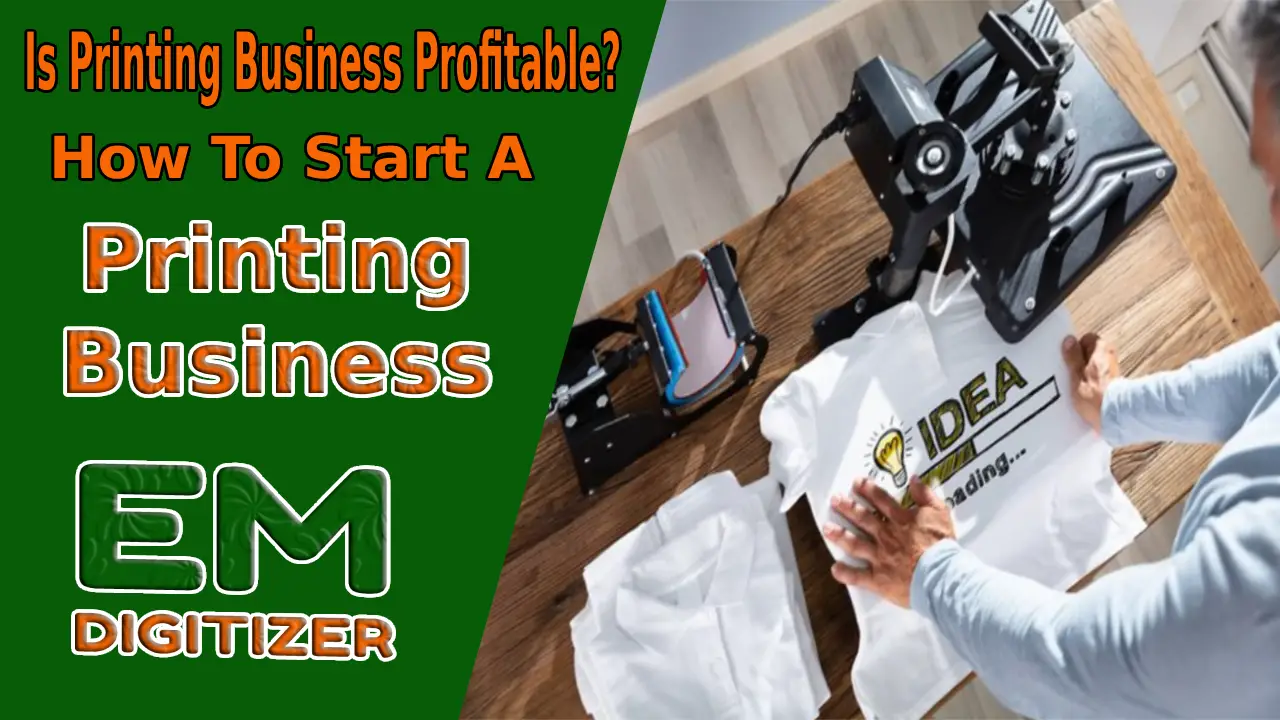

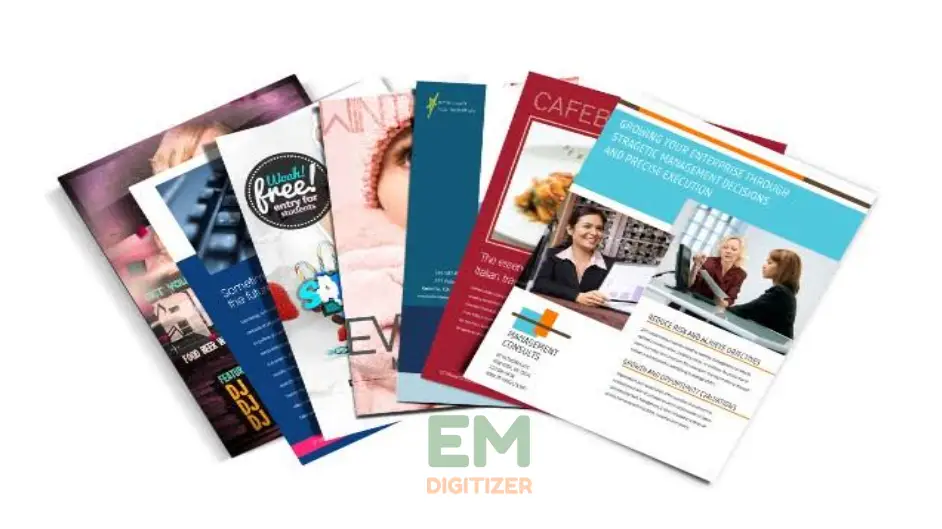



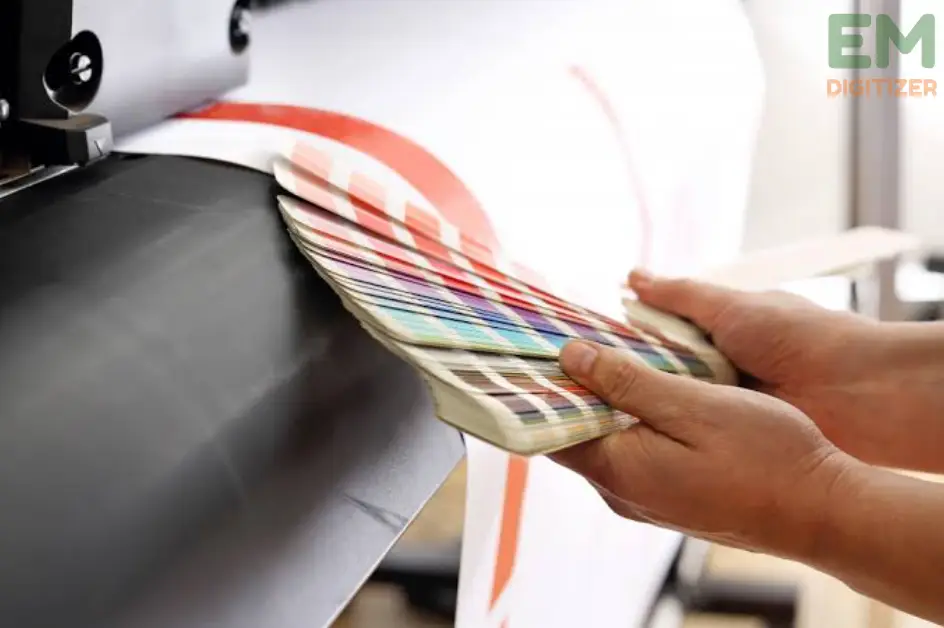
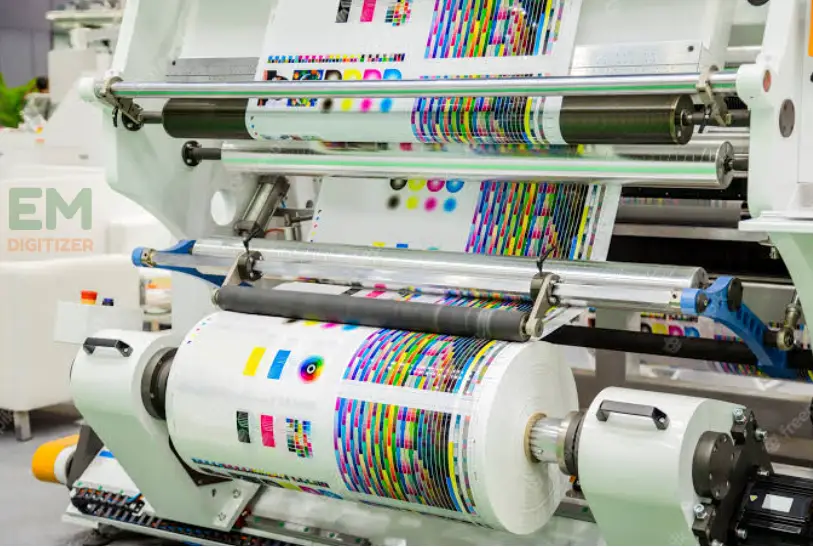


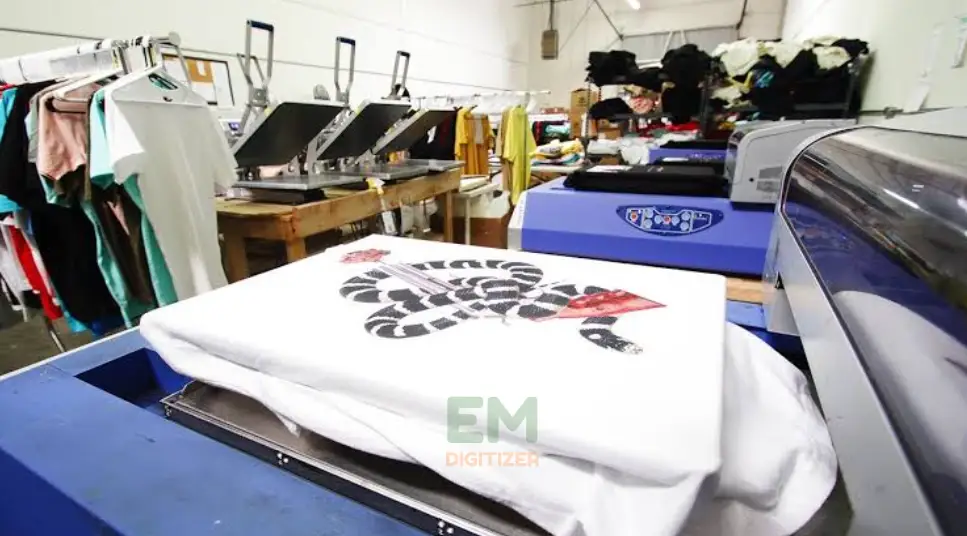


Unlock the potential of printing! This post answers the big question about the profitability of a printing business and offers valuable insights on how to start one. Discover the path to success in the world of printing!
This article on the profitability of a printing business and how to start one is a goldmine of information! It tackles an important question and provides valuable insights for aspiring entrepreneurs.
I appreciate how you’ve presented both the advantages and challenges of running a printing business. It’s crucial to have a realistic understanding of the industry’s profitability potential, and your balanced approach offers a clear perspective. The inclusion of real-life examples and statistics further strengthens your points.